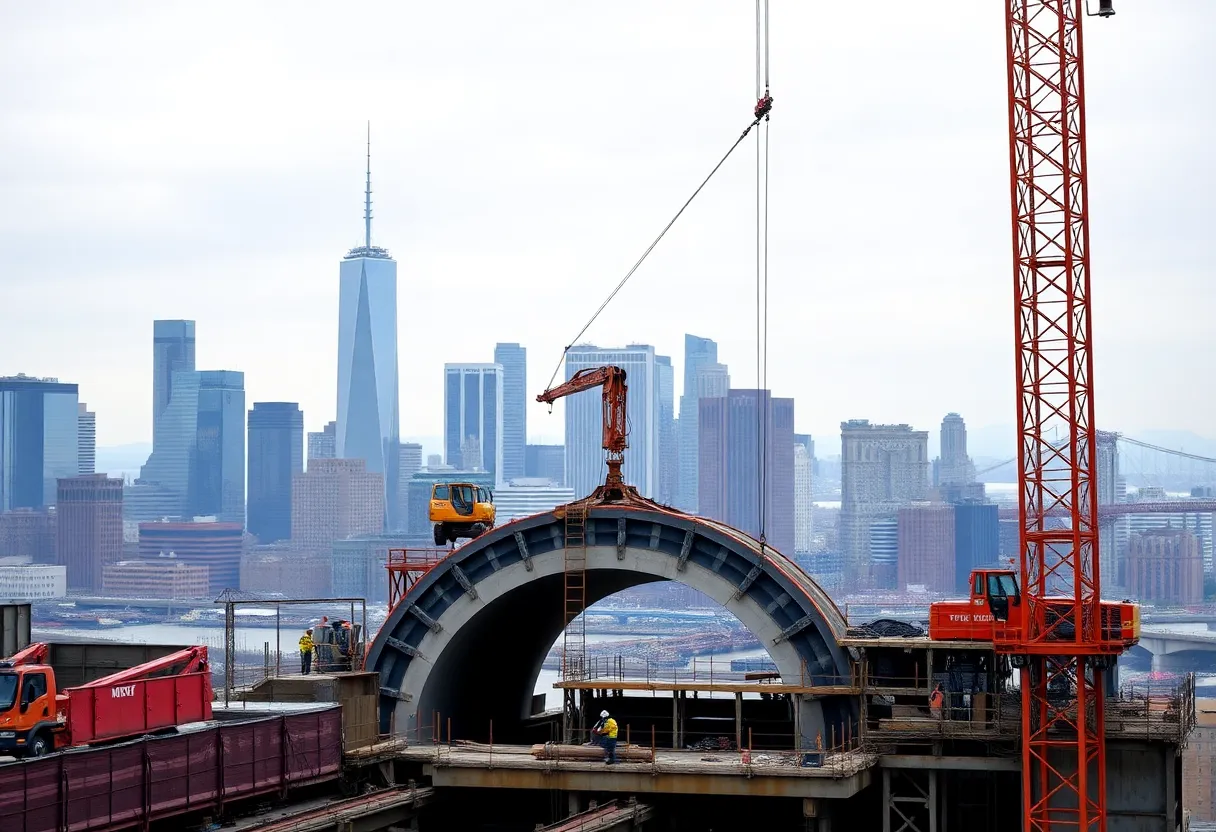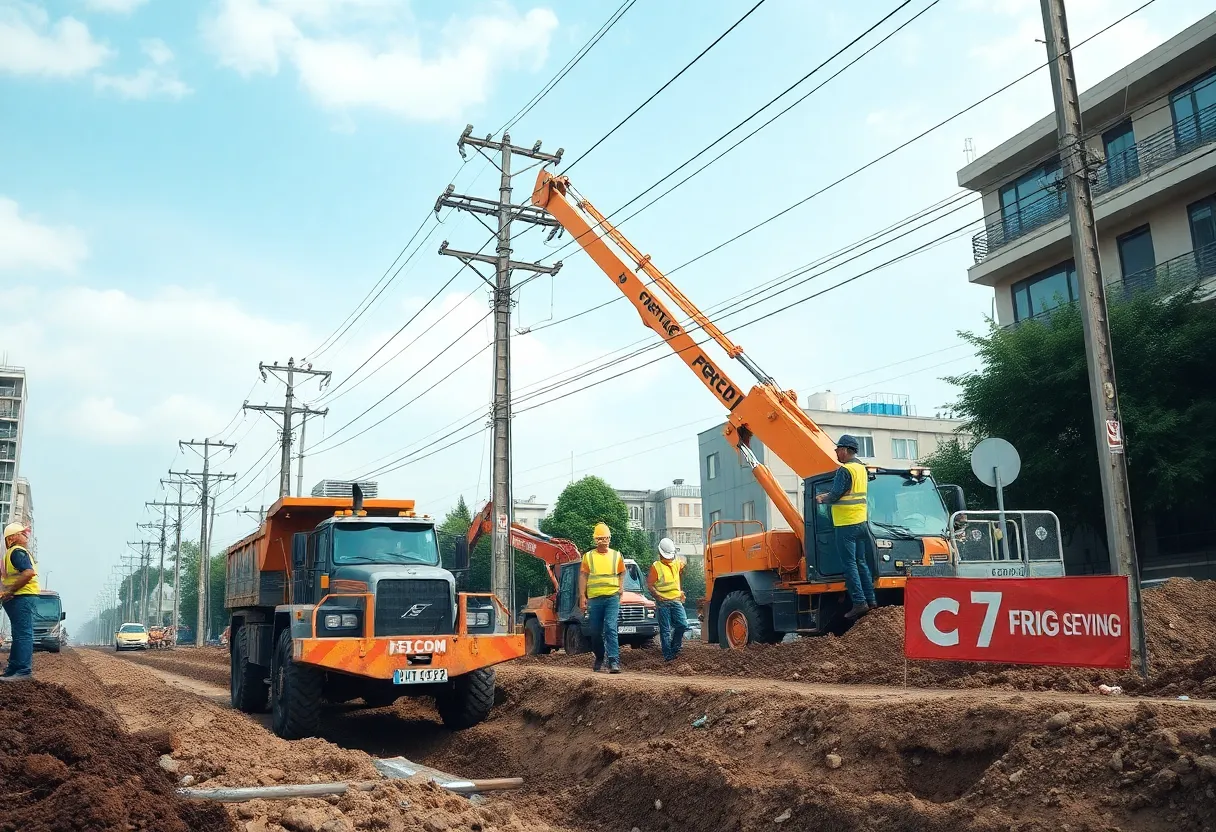News Summary
The commercial real estate sector is on edge as approximately 14,000 office properties face loan maturities by the end of 2027, totaling near $290 billion. High delinquency rates and increased defaults add to the complexity for both borrowers and lenders. Many are seeking loan extensions, but declining market conditions may hinder further assistance. As vacancy rates rise and interest grows in converting office spaces for residential use, the landscape is set for significant shifts in the coming years, especially in key metropolitan areas like Atlanta and Denver.
Commercial Real Estate Faces Increased Pressure as Office Loans Approach Maturity
The commercial real estate sector is increasingly under strain as nearly $290 billion in office loans are set to mature by the end of 2027. According to Yardi Research, this situation affects around 14,000 office properties, which represent nearly 33% of all current office loans. As borrowers and lenders confront the reality of high delinquency rates and maturing loans, significant changes in the office market landscape are anticipated.
Declining Loans and Rising Defaults
The current lending climate is challenging, with data from Moody’s revealing a decline in loans extended in 2024 compared to the previous year, coupled with an increase in defaults. Office commercial mortgage-backed security (CMBS) delinquency rates have risen to 11.08% as of June 2025, marking a 3.5% increase from the same time the previous year. This troubling trend has forced many borrowers and lenders to make difficult decisions moving forward, leading to a potential increase in foreclosures.
Opportunities Amidst High Vacancy Rates
The ongoing high vacancy rates in the office sector continue to challenge real estate investors, as stagnant occupancy levels and slow job growth influence the market. The national office vacancy rate has remained steady at 19.4%, yet this figure demonstrates a year-over-year increase of 130 basis points. Notably, certain regions are performing better than others. Manhattan’s vacancy rate improved to 15.2%, driven by demand from legal and finance sectors, while West Coast markets like San Francisco and San Diego face much higher rates.
Market Adjustments and Rent Adjustments
As opportunities arise within the commercial real estate landscape, many experts predict an uptick in discounted office properties and a growing interest in office-to-residential conversions as public policies adapt. Interestingly, the national average full-service equivalent listing rate was $32.87 per square foot in June 2025—a decrease from May, yet still up 3.8% from the prior year.
Variability Across the Country
Different metropolitan areas are experiencing diverse trends. Atlanta leads the country with 50.5% of its office loans maturing, valued at over $11 billion, while Denver follows closely with 49%. The Twin Cities also reported a comparatively low office vacancy rate of 17.5%, marking the lowest in the Midwest. In contrast, markets in Miami and Austin are grappling with high vacancy rates alongside escalating asking rents, with Miami averaging around $57 per square foot.
Some Markets Showing Resilience
Despite these pressures, there are signs of resilience in some areas. The office market in Philadelphia maintained low asking rents, remaining under $31 per square foot as of June 2025. In addition, San Diego’s life science sector is seeing activity but is also facing concerns over oversupply, with anticipated high lab vacancy rates due to an influx of new lab spaces. Meanwhile, the Bay Area has registered the most substantial office sales volume, totaling $3.17 billion, outperforming other major markets including Los Angeles and San Francisco.
Construction Activity Slows
As of June 2025, there are approximately 41 million square feet of office space under construction across key U.S. markets, a figure that reflects a notable dip in new projects, significantly influenced by changing work models driven by the pandemic. In this dynamic environment, many developers are reassessing their strategies to adjust to the shifting demand.
Conclusion: A Time of Transition
The commercial real estate sector is at a critical junction as it faces an array of challenges stemming from maturing loans, rising delinquencies, and shifting occupancy trends. As the industry adapts to these changes, stakeholders will need to navigate complex decisions regarding their assets and explore emerging opportunities for both investment and repurposing properties to align with evolving market conditions.
Deeper Dive: News & Info About This Topic
Additional Resources
- Connect CRE: Atlanta Office Investment Sales Lag Maturing Loans High
- Bisnow: Loan Over Trio of CP Group Office Towers Goes to Special Servicer
- The Real Deal: Atlanta Office Loan Delinquencies Skyrocketing
- WSB TV: New Loan Program Expands Down Payment Assistance for GA Homebuyers
- Patch: 5M Student Loan Borrowers Facing Mandatory Collections See GA Impacts
- Wikipedia: Commercial Real Estate
- Google Search: Commercial real estate news
- Google Scholar: Commercial real estate
- Encyclopedia Britannica: Commercial real estate
- Google News: Commercial real estate
Author: Construction NY News
The NEW YORK STAFF WRITER represents the experienced team at constructionnynews.com, your go-to source for actionable local news and information in New York and beyond. Specializing in "news you can use," we cover essential topics like product reviews for personal and business needs, local business directories, politics, real estate trends, neighborhood insights, and state news affecting the area—with deep expertise drawn from years of dedicated reporting and strong community input, including local press releases and business updates. We deliver top reporting on high-value events such as the New York Build Expo, infrastructure breakthroughs, and cutting-edge construction technology showcases. Our coverage extends to key organizations like the Associated General Contractors of New York State and the Building Trades Employers' Association, plus leading businesses in construction and real estate that power the local economy such as Turner Construction Company and CMiC Global. As part of the broader network, including constructioncanews.com, constructiontxnews.com, and constructionflnews.com, we provide comprehensive, credible insights into the dynamic construction landscape across multiple states.





